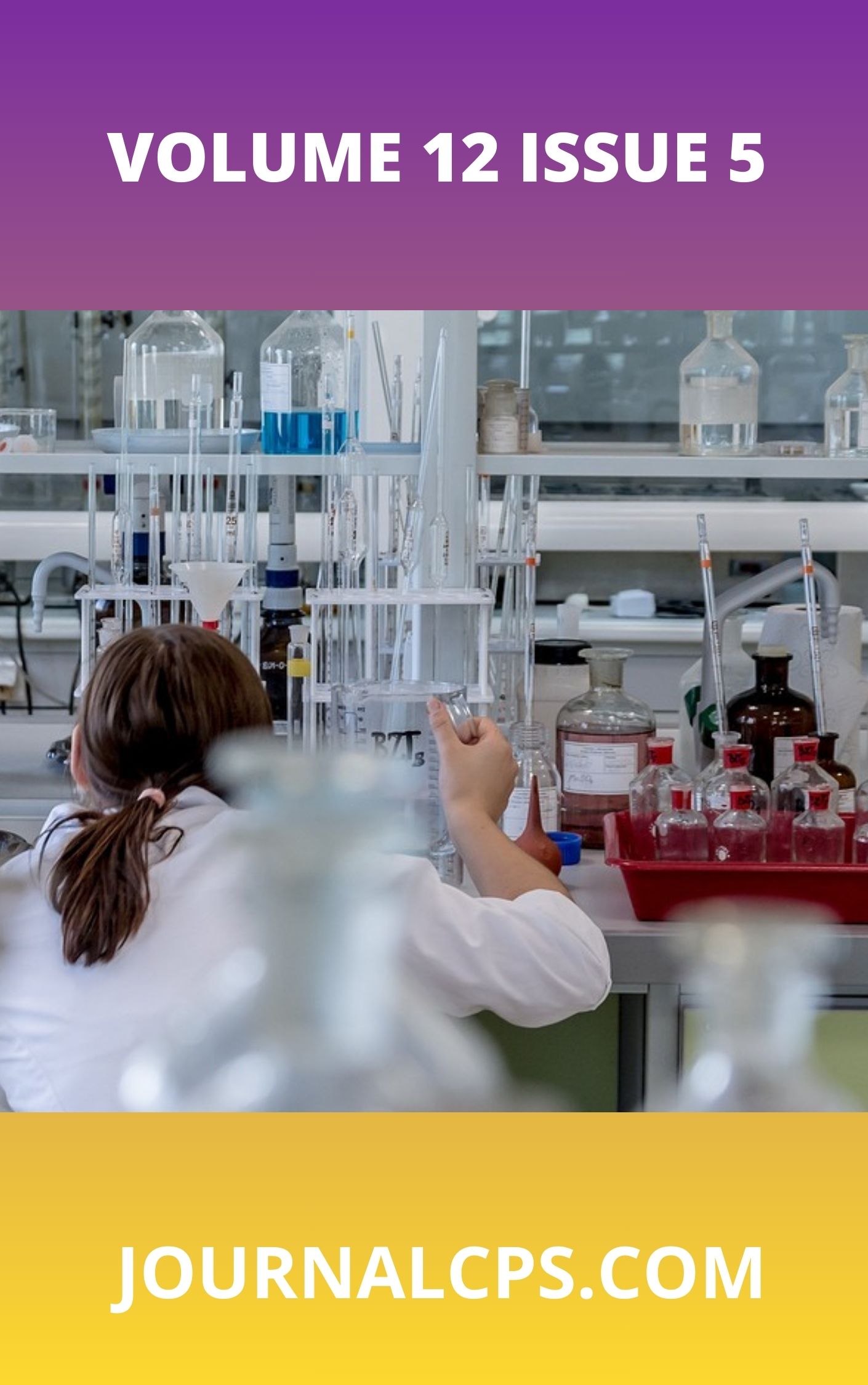A Conceptual Framework for Managing Pandemics: Integrating Disease Models with Public Behavior and Misinformation Control
Keywords:
Pandemic modeling, Public behavior, Misinformation, SEIR model, Dual-spread frameworkAbstract
Pandemic response strategies have traditionally relied on classical epidemiological models such as SIR and SEIR, which primarily focus on the biological transmission of infectious diseases. However, these models often overlook the significant influence of public behavior, trust in science, and the rapid dissemination of misinformation. This paper proposes an integrated conceptual framework that bridges these gaps by combining epidemic modeling with behavioral and informational dynamics in what is termed a "Dual-Spread Model." Through a synthesis of literature, historical examples (COVID-19, H1N1, Ebola), and illustrative diagrams, the study reveals how misinformation, public trust, and community responses can either amplify or suppress disease spread. The framework emphasizes feedback loops between disease outcomes, information flows, and behavioral responses, offering practical insights for policymakers. Key policy recommendations include behavior-informed vaccination campaigns, targeted communication strategies, and coordinated efforts between public health institutions and information platforms. This interdisciplinary approach provides a more robust and adaptive tool for future pandemic preparedness and response.
Similar Articles
- Olumide Oni, Kenechukwu Francis Iloeje, Optimized Fast R-CNN for Automated Parking Space Detection: Evaluating Efficiency with MiniFasterRCNN , Communication In Physical Sciences: Vol. 12 No. 2 (2025): VOLUME 12 ISSUE 2
- 1. Anthony I. G. Ekedegwa, Evans Ashiegwuike, Abdullahi Mohammed S. B, Seasonal Short-Term Load Forecasting (STLF) using combined Social Spider Optimisation (SSO) and African Vulture Optimisation Algorithm (AVOA) in Artificial Neural Networks (ANN) , Communication In Physical Sciences: Vol. 12 No. 3 (2025): VOLUME 12 ISSUE 3
- 1. Anthony I. G. Ekedegwa, Evans Ashiegwuike, Enhanced Firefly Algorithm Inspired by Cell Communication Mechanism and Genetic Algorithm for Short-Term Electricity Load Forecasting , Communication In Physical Sciences: Vol. 12 No. 3 (2025): VOLUME 12 ISSUE 3
- Ololade Omosunlade, Curriculum Framework for Entrepreneurial Innovation among Special Needs Students in the Age of Artificial Intelligence , Communication In Physical Sciences: Vol. 11 No. 4 (2024): VOLUME 11 ISSUE 4
- Nwakobi, Micheal Nnamdi, An Economic Production Quantity model with shortages, a variable lead time and a variable holding cost , Communication In Physical Sciences: Vol. 7 No. 2 (2021): VOLUME 7 ISSUE 2
- Gulumbe S. Usman, Umar Usman, Aremu Kazeem Olalekan, Odeyale, Abideen Babatunde , The Generalized Odd Generalized Exponential Gompertz Distribution with Applications , Communication In Physical Sciences: Vol. 10 No. 1 (2023): VOLUME 10 ISSUE 1
- Yusuf Mohammad Auwal, Hussaini Shuaibu, Muhammad Sani Isa, Study of Symmetric Nuclear Matter Properties in Non-linear Walecka Model via Relativistic Mean-field approximation at zero-temperature , Communication In Physical Sciences: Vol. 12 No. 2 (2025): VOLUME 12 ISSUE 2
- Isonguyo Michael Ukpong , Emmanuel Wilfred Okereke, Inverse Cube Root Transformation: Theory and Application to Time Series Data , Communication In Physical Sciences: Vol. 12 No. 3 (2025): VOLUME 12 ISSUE 3
- Chidumebi Uzoho, The Public Health Impact of Airborne Particulate Matter: Risks, Mechanisms, and Mitigation Strategies , Communication In Physical Sciences: Vol. 12 No. 2 (2025): VOLUME 12 ISSUE 2
- Oluwafemi Samson Afolabi , Oluwafemi Samson Afolabi , Communication In Physical Sciences: Vol. 12 No. 4 (2025): VOLUME1 2 ISSUE 4
You may also start an advanced similarity search for this article.




